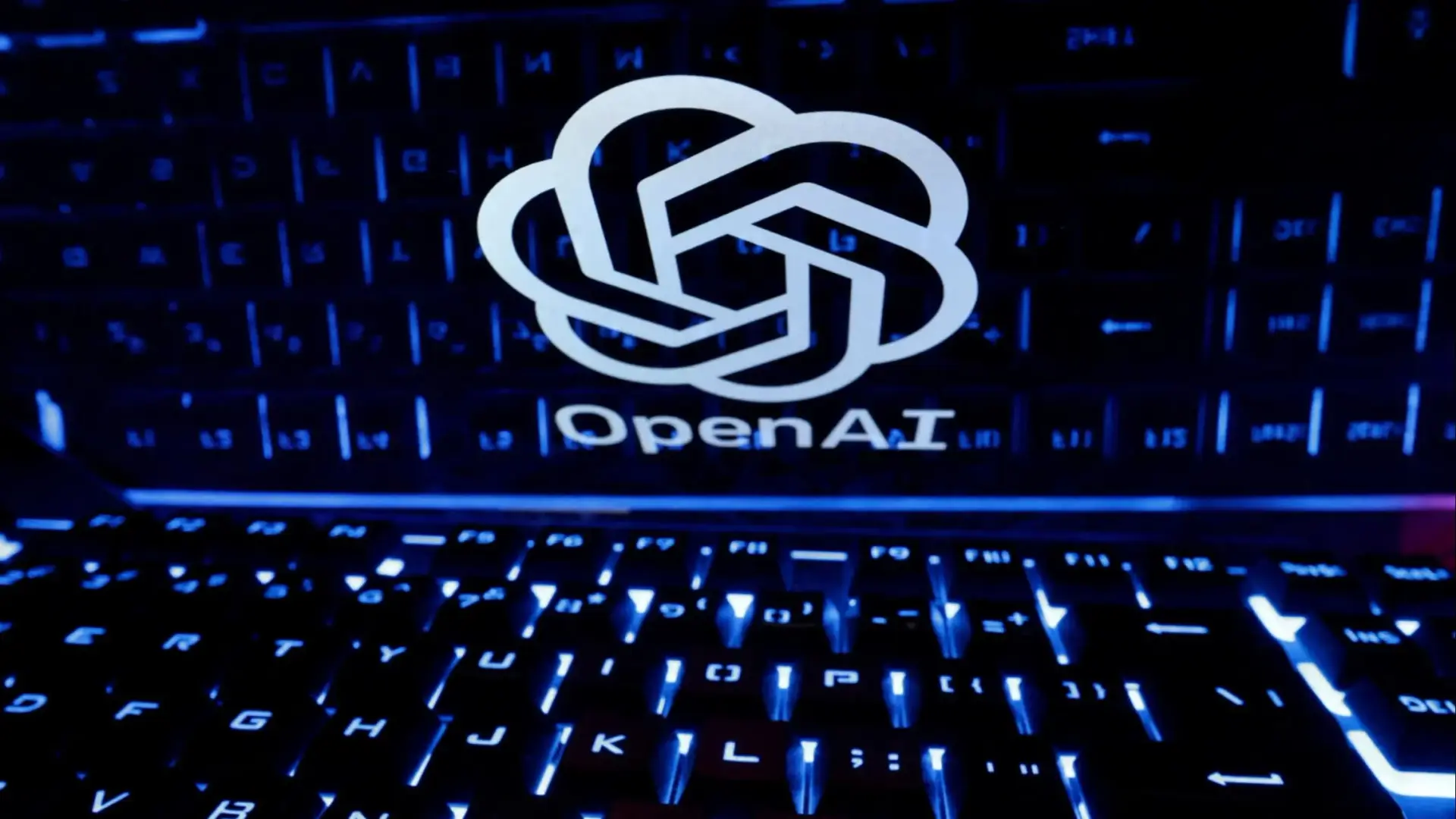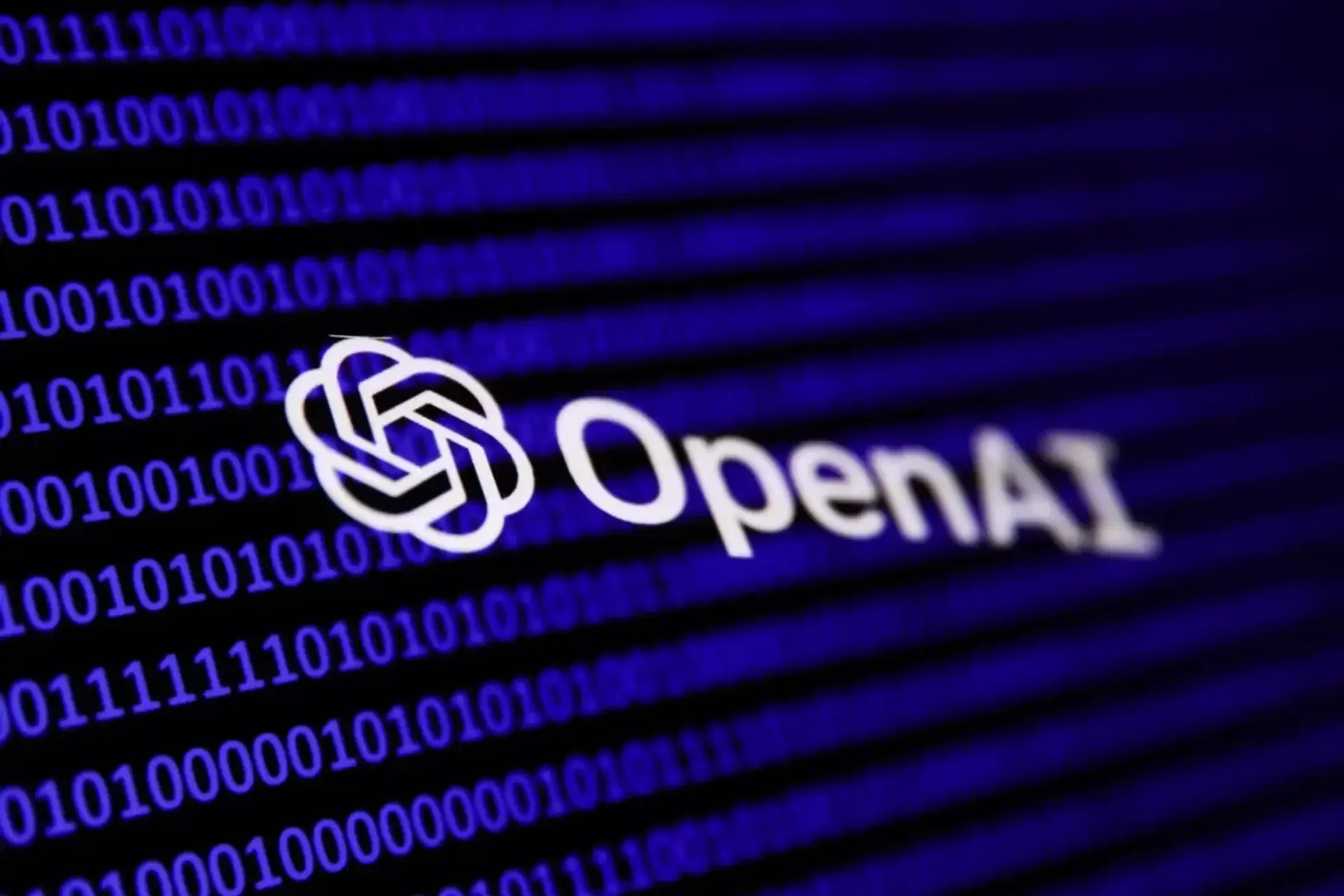OpenAI's latest reasoning AI models demonstrate improved capabilities; however, benchmarking reveals a concerning trend: increased hallucination rates. Despite advancements in reasoning, these models exhibit a higher propensity to generate factually incorrect or nonsensical outputs. This poses challenges for applications requiring reliable and accurate information processing. The rise in hallucinations could stem from the models' increased complexity or training data biases. Further research and mitigation strategies are needed to address this issue and ensure the trustworthiness of AI-generated content.
The implications of increased hallucination rates are significant across various sectors. Inaccurate AI outputs can lead to flawed decision-making in critical applications such as healthcare, finance, and autonomous systems. Addressing this problem is crucial for maintaining user trust and promoting the responsible deployment of AI technologies. OpenAI and the broader AI community must prioritise the development of techniques to detect and reduce hallucinations, ensuring that AI models provide reliable and beneficial outcomes.
Ongoing efforts are focused on refining training methodologies, incorporating fact-checking mechanisms, and improving model interpretability. These steps aim to enhance the accuracy and reliability of reasoning AI models, paving the way for their safe and effective integration into real-world applications. The balance between advanced reasoning capabilities and factual accuracy remains a key challenge in the pursuit of trustworthy AI.
Related Articles

AI Reshapes Coding Landscape
Read more about AI Reshapes Coding Landscape →
ChatGPT's Unprompted Name Usage
Read more about ChatGPT's Unprompted Name Usage →
Stargate eyes UK expansion
Read more about Stargate eyes UK expansion →
OpenAI's o3 Model: Limited Testing
Read more about OpenAI's o3 Model: Limited Testing →
